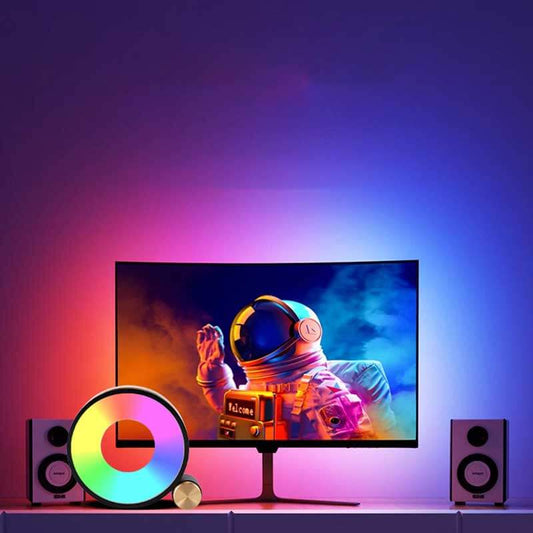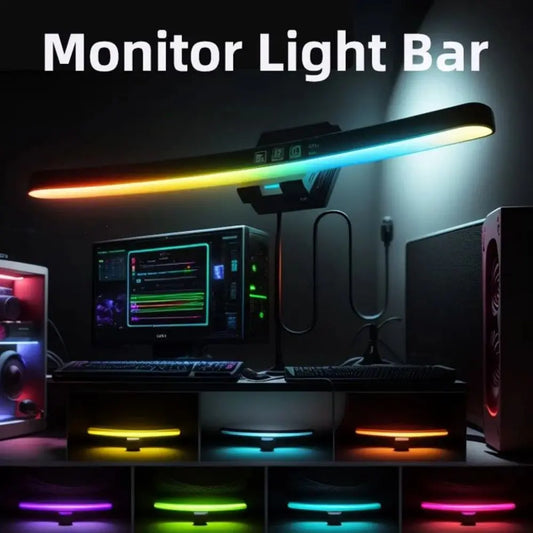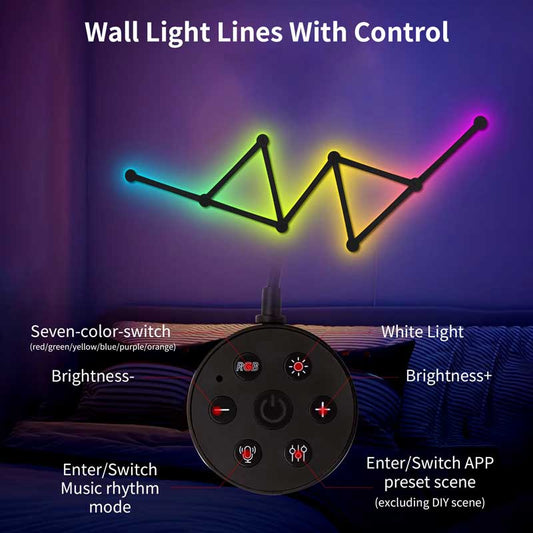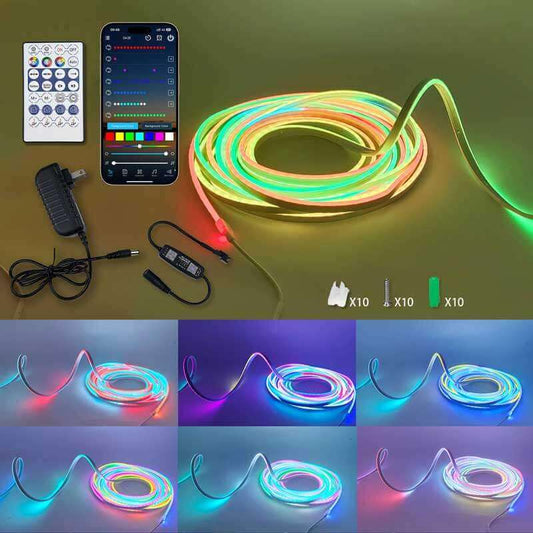Do LED lights scare birds?
Share
LED lights can scare or disturb birds, but the effect largely depends on the brightness, color, and placement of the lights. In general, birds are sensitive to bright lights and sudden changes in light, and some types of LED lighting can create a disruptive environment for them.
Here are some factors to consider when determining whether LED lights might scare birds:
1. Brightness and Intensity
- Bright LED lights, especially those that shine intensely or unexpectedly, can be startling to birds. Birds are used to natural light patterns (such as day-to-night transitions), and harsh artificial lights may disrupt their natural behavior.
- Night-flying birds such as migratory species may become disoriented or even drawn toward bright lights, leading to potential collisions with structures, a phenomenon known as light pollution.
2. Light Pollution
- Excessive lighting from sources like LED lights can contribute to light pollution, which interferes with birds' natural behaviors, especially at night.
- Migratory birds are particularly affected by light pollution, as they use natural light (like the stars) to navigate. Artificial light, including from LED sources, can confuse birds, causing them to become disoriented or fly toward bright sources, sometimes leading to fatal collisions with buildings or other structures.
3. Color of LED Lights
- White or blue LED lights are especially problematic for birds, as they mimic daylight and can disrupt their circadian rhythms (biological clocks). These types of lights may interfere with sleep patterns or cause stress in some species.
- Red or amber lights are generally less disruptive, as these colors are warmer and less likely to disturb birds’ natural patterns of rest. Some studies suggest that amber LED lights could be a better choice for areas where birds might be present, as they don’t interfere as much with their natural behavior.
4. Flickering or Flashing Lights
- Flashing or flickering LED lights can cause anxiety or alarm in birds. These lights may mimic the presence of predators or indicate danger, leading birds to avoid the area or become startled.
- Additionally, the strobing effect from flashing lights can disorient birds and increase their likelihood of accidents.
5. Placement and Timing
- The placement of LED lights in areas like gardens, patios, or balconies can also affect how birds interact with the lights. Outdoor lights that are placed near bird nests, feeding areas, or migratory paths can disturb the birds and interfere with their behavior, particularly during the night when they are most active.
- Nighttime lighting is the primary concern because birds are nocturnal or crepuscular in some cases, and sudden, bright artificial lighting at night can affect their resting patterns, reduce their ability to find food, and interfere with their natural navigation.
How to Minimize the Impact of LED Lights on Birds:
-
Use Dim or Motion-Sensing LEDs:
- Consider using motion-sensing LEDs that only turn on when movement is detected. This helps reduce constant lighting and minimizes the disturbance to birds when not needed.
- Opt for low-intensity LED lights that do not produce intense light, especially in areas where birds are likely to be.
-
Choose Warmer LED Lights:
- Use warm white (amber) LED lights instead of cool white or blue LEDs. This will reduce the harshness of the light and have less impact on birds' natural behavior.
-
Limit Lighting at Night:
- Turn off outdoor lighting during peak bird activity times, such as migration periods or during dusk and dawn when birds are more likely to be active.
-
Avoid Bright, Flashing Lights:
- If you're trying to deter birds, it might be better to use flashing lights, but be cautious when using these near birds or bird habitats, as it can cause them stress or disorientation.
-
Use Bird-Friendly Lighting Design:
- Implement shielded lighting to reduce light pollution and focus the light on the ground instead of spilling over into the sky.
- Consider using bird-friendly lighting designs that ensure the area is well-lit without disturbing birds. These can include downward-facing lamps or glow-in-the-dark markers that guide birds without creating a disruptive effect.
Summary:
- LED lights can scare or disturb birds if they are too bright, flicker, or disrupt their natural behavior, especially at night.
- White or blue LEDs may be more disturbing than warmer, amber lights, and flashing lights can also create a stressful environment for birds.
- If you want to use LED lights in a bird-friendly way, consider using dimmer, motion-activated lights and warm white or amber tones, and avoid placing lights near areas where birds are likely to gather or nest.
By being mindful of how and when you use LED lights, you can reduce their impact on birds and create a safer, more bird-friendly environment.




